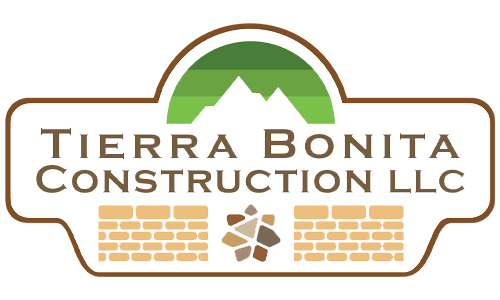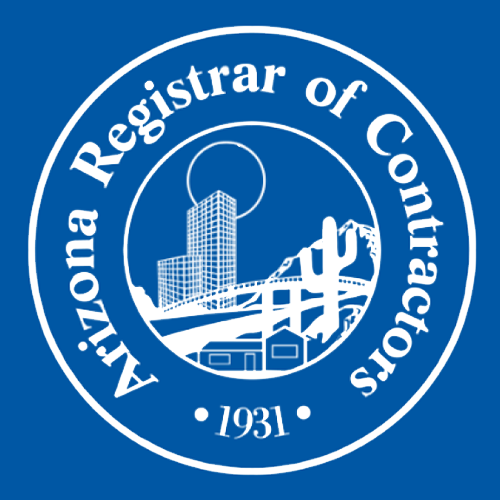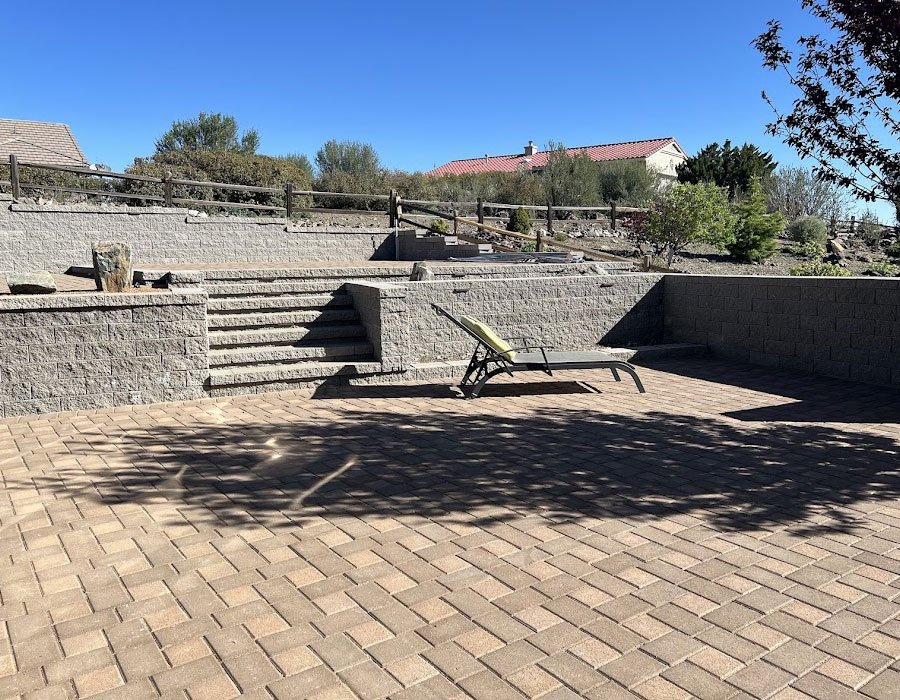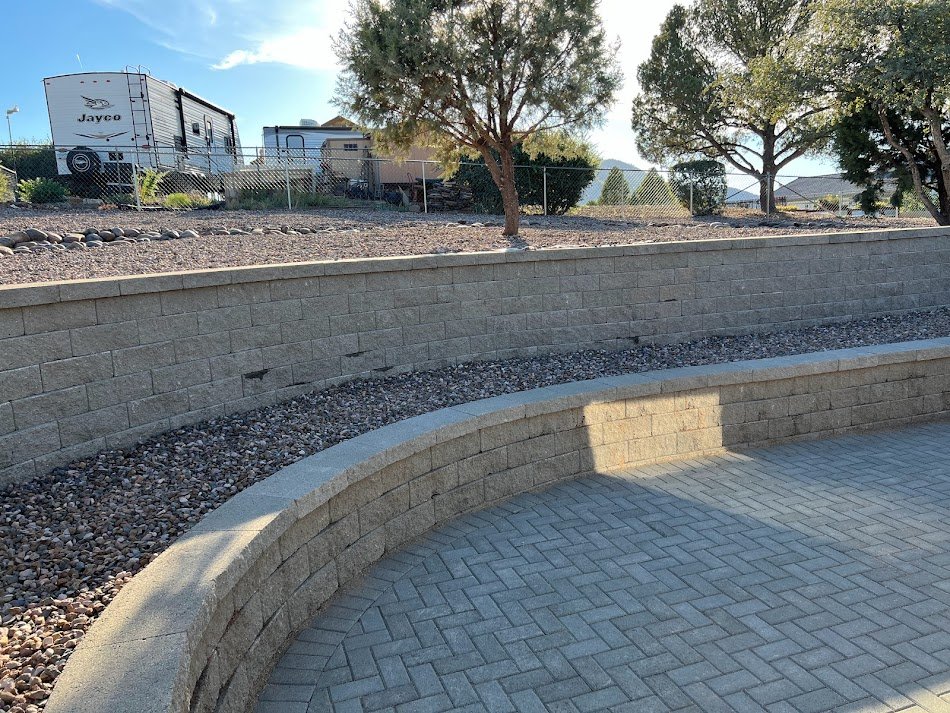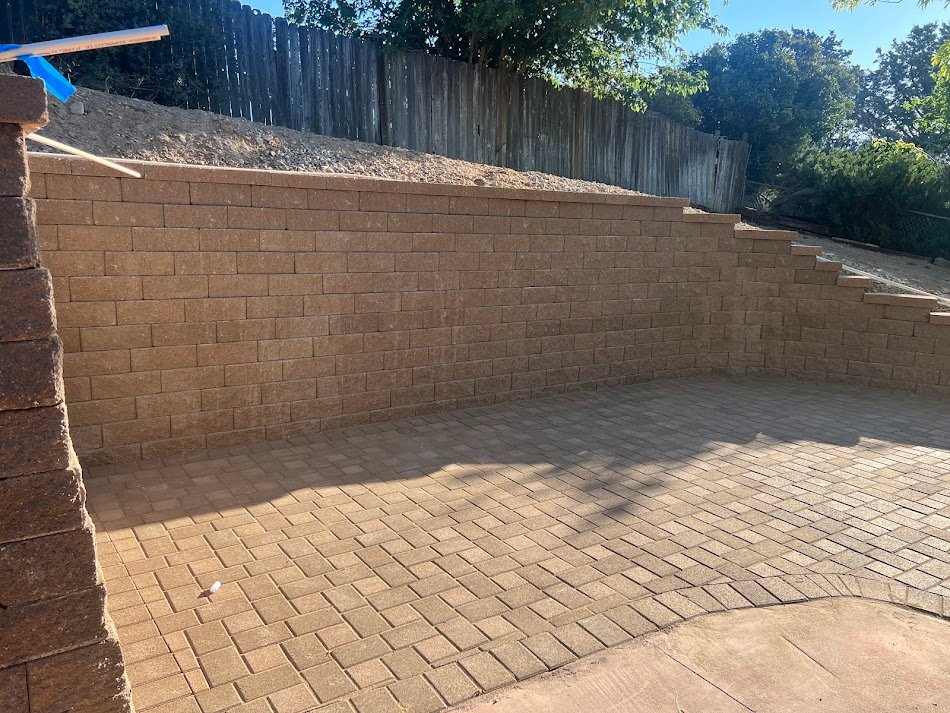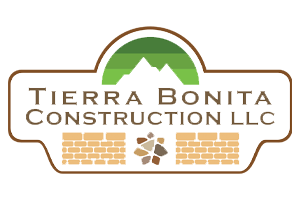Frequently Asked Questions
What are the most common problems encountered with retaining wall construction?
The most common problems encountered with retaining wall construction include inadequate drainage, poor material selection, and improper installation techniques, which can lead to wall failure, structural issues, and erosion over time.
What is retaining wall construction?
Retaining wall construction involves building walls designed to hold back soil and stabilize slopes. These structures prevent erosion and create level areas for landscaping, making them essential for managing land in areas with elevation changes.
Which materials are most effective for drainage in retaining wall construction?
The materials most effective for drainage in retaining wall construction include gravel, perforated drainage pipes, and geotextiles. These materials help to redirect water away from the wall, preventing pressure buildup and erosion.
What are the drawbacks of using screw piling for retaining wall construction?
The drawbacks of using screw piling for retaining wall construction include potential limitations in load-bearing capacity, higher initial costs compared to traditional methods, and the need for specialized equipment and expertise, which may not be readily available in all areas.
What are the building codes and regulations for retaining wall construction?
The building codes and regulations for retaining wall construction include specific guidelines on height, materials, drainage, and structural integrity. It is essential to consult local authorities in Prescott, Arizona, to ensure compliance with all relevant codes.
What factors influence the price of retaining wall construction?
The factors that influence the price of retaining wall construction include the type of materials used, the wall's height and length, site conditions, labor costs, and design complexity. Each of these elements can significantly affect the overall project cost.
What permits are required for retaining wall construction and design in Utah?
The permits required for retaining wall construction and design in Utah typically include a building permit and possibly a grading permit, depending on the wall's height and location. It's essential to check with local authorities for specific regulations.
What are the key steps in retaining wall construction?
The key steps in retaining wall construction include site assessment, design planning, excavation, base preparation, wall installation, drainage setup, and final landscaping to ensure stability and functionality.
How do soil conditions affect retaining wall stability?
Soil conditions significantly impact retaining wall stability. Poor drainage, loose or unstable soil, and varying moisture levels can lead to shifting or settling, compromising the wall's structural integrity. Proper assessment and preparation of the soil are crucial for a durable installation.
What types of materials are best for retaining walls?
The best materials for retaining walls include concrete blocks, natural stone, brick, and timber. Each material offers unique benefits in terms of durability, aesthetics, and cost, making them suitable for various landscaping needs.
How can I prevent water damage to retaining walls?
Preventing water damage to retaining walls involves proper drainage management. Ensure that downspouts direct water away, use drainage pipes behind the wall, and maintain landscaping to reduce water accumulation near the structure.
What is the average lifespan of a retaining wall?
The average lifespan of a retaining wall typically ranges from 20 to 100 years, depending on the materials used, construction quality, and environmental conditions. Proper maintenance can significantly extend its durability.
How do I choose the right design for a retaining wall?
Choosing the right design for a retaining wall involves considering factors such as the wall's purpose, the slope it will support, materials that complement your landscape, and local regulations. Consulting with a professional can help ensure the best choice.
What maintenance is required for retaining walls?
The maintenance required for retaining walls includes regular inspections for cracks or shifting, clearing debris, and ensuring proper drainage to prevent water buildup. Addressing these issues promptly helps maintain stability and prolongs the lifespan of the wall.
How do retaining walls help with erosion control?
Retaining walls help with erosion control by stabilizing slopes and preventing soil displacement. They create a barrier that holds back soil and water, reducing runoff and minimizing the risk of erosion in vulnerable areas.
What are the costs associated with retaining wall installation?
The costs associated with retaining wall installation vary based on materials, design complexity, and site conditions, typically ranging from $15 to $50 per square foot. For an accurate estimate, it's best to consult with Tierra Bonita Construction for a personalized quote.
How do I ensure proper drainage for retaining walls?
Ensuring proper drainage for retaining walls is crucial to prevent water buildup and potential damage. Incorporate weep holes, drainage pipes, and gravel backfill to facilitate water flow away from the wall, maintaining stability and longevity.
What are the common mistakes in retaining wall construction?
Common mistakes in retaining wall construction include inadequate drainage, insufficient depth of the foundation, neglecting to use proper materials, and failing to account for soil pressure. These errors can lead to structural failure and erosion issues.
How can I enhance the aesthetics of a retaining wall?
Enhancing the aesthetics of a retaining wall can be achieved by incorporating natural stone, decorative blocks, or textured finishes, as well as adding plants or lighting to create visual interest and harmony with your landscape.
What tools are needed for retaining wall construction?
The tools needed for retaining wall construction include a shovel, level, tamper, measuring tape, and a masonry saw. Additionally, a compacting machine and safety gear are essential for ensuring a stable and secure installation.
How do I assess the need for a retaining wall?
Assessing the need for a retaining wall involves evaluating your landscape for signs of soil erosion, unstable slopes, or water drainage issues. If you notice these problems, a retaining wall may be necessary to stabilize the area.
What are the environmental impacts of retaining wall construction?
The environmental impacts of retaining wall construction include potential disruption to local ecosystems, altered water drainage patterns, and changes in soil composition. However, when designed responsibly, retaining walls can effectively prevent erosion and promote landscape stability.
How do retaining walls differ in residential and commercial projects?
Retaining walls differ in residential and commercial projects primarily in scale and design requirements. Residential walls are typically smaller and focus on aesthetics, while commercial walls must adhere to stricter regulations and often require more robust materials for stability and load-bearing capacity.
What is the role of geogrid in retaining wall design?
The role of geogrid in retaining wall design is to enhance stability and reinforce the soil behind the wall. It distributes loads more evenly, reduces lateral pressure, and helps prevent wall failure, ensuring a durable and effective retaining structure.
How can I incorporate landscaping with retaining walls?
Incorporating landscaping with retaining walls can enhance your outdoor space by using the walls as a foundation for planting beds, terraced gardens, or decorative features, creating a beautiful and functional landscape that prevents erosion and adds visual interest.
What are the safety considerations for retaining wall projects?
The safety considerations for retaining wall projects include proper drainage to prevent water buildup, ensuring structural integrity through adequate material selection, and adhering to local building codes to avoid potential hazards.
How do I determine the height of a retaining wall?
Determining the height of a retaining wall involves assessing the slope it needs to support, the soil type, and drainage requirements. Typically, walls should be at least 1 to 1.5 times the height of the slope they retain for stability.
What are the benefits of using modular blocks for retaining walls?
The benefits of using modular blocks for retaining walls include their versatility, ease of installation, and durability. These blocks provide excellent structural support, allow for creative design options, and are resistant to weathering, making them an ideal choice for effective slope stabilization.
How can I find a qualified contractor for retaining walls?
Finding a qualified contractor for retaining walls involves researching local companies, checking their credentials, reading customer reviews, and requesting quotes. Look for contractors with experience in retaining wall installation and a solid portfolio of completed projects.
What are the latest trends in retaining wall design?
The latest trends in retaining wall design include the use of eco-friendly materials, modular systems for versatility, and integrated landscaping features that enhance aesthetics while providing functionality. Additionally, curved and tiered walls are gaining popularity for their visual appeal.
